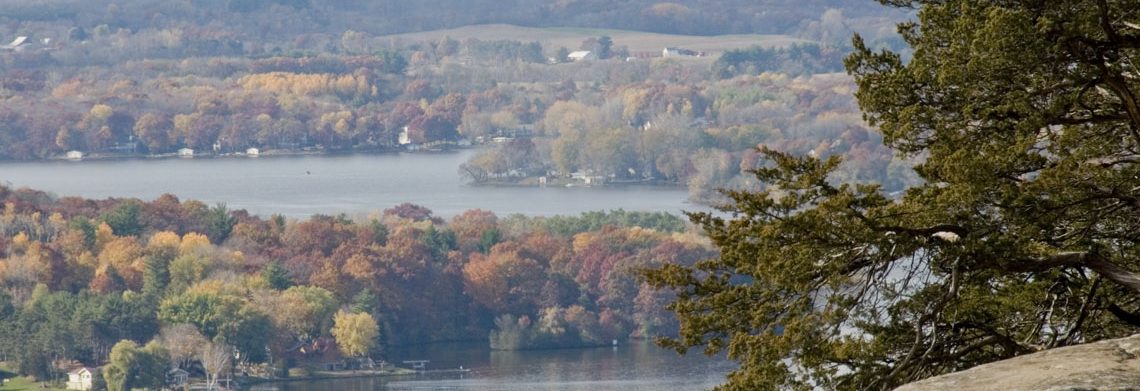Alder Thicket
Counties:Adams, Ashland, Barron, Bayfield, Burnett, Chippewa, Clark, Columbia, Dane, Douglas, Door, Dunn, Forest, Jackson, Juneau, Kewaunee, La Crosse, Langlade, Marinette, Marathon, Marquette , Monroe, Oconto, Oneida, Outagamie, Ozaukee, Polk, Price, Richland, Rusk, Sauk, Sawyer, Shawano, Sheboygan, St. Croix, Taylor, Vilas, Waukesha, Waupaca, Wood |
|
Description:
Wisconsin alder thicket is a type of wetland plant community that is characterized by the presence of dense stands of alder trees (Alnus spp.). This type of community is typically found in areas with poorly drained soils, such as along streams, in low-lying areas, and in wet meadows.
Alder thickets are characterized by a diverse understory of herbaceous plants and shrubs. Some common species found in this community include wildflowers such as cardinal flower, Joe-Pye weed, and turtlehead, as well as shrubs such as willows, dogwoods, and viburnums.
This community type is sometimes a seral stage between northern sedge meadow and northern conifer swamp or northern hardwood swamp, but occurrences can be stable and persist at given locations for long periods of time. This type is common and widespread in northern and central Wisconsin, but also occurs at isolated locales in the southern part of the state.
Alder thickets provide important habitat for a wide range of wildlife, including birds, mammals, amphibians, and reptiles. The dense canopy of alder trees provides shelter and nesting sites for many species, and the wetland habitat supports a diverse community of aquatic organisms.
Alder thickets are also valuable for their ability to absorb and filter water, helping to improve water quality and prevent erosion. In addition, the roots of alder trees are known to improve soil structure and fertility, making them important components of healthy ecosystems. Groundwater seepage is an important attribute of Alder Thickets.
[Wisconsin Department of Natural Resources]
Alternative Natural Community Names:
| Cowardin | Palustrine; scrub/shrub; broad-leaved deciduous |
| Eggers & Reed | Alder Thicket |
| Hoffman | Alder Thicket |
| WDNR | Broad-leaved deciduous scrub/shrub |
| Shaw | Type 6: Shrub swamp |
Typical Plant Species:
[wip_curtiscom_lst_vw filter=”attr::emd_wip_eco_comcurtis::is::alder-thicket;”]
Typical Animal Species:
[wip_ani_curtiscom_lst_vw filter=”attr::emd_ani_natcom::is::alder-thicket;”]
References:
Curtis, John T. The Vegetation of Wisconsin. University of Wisconsin Press. 1959.
Cowardin, Carter, Golet and LaRoe. Classification of Wetlands and Deepwater Habitats of the United States, second edition. Federal Geographic Data Committee. 1979, 2013.
Eggers, Steven D. and Reed, Donald M. Wetland Plants and Plant Communities of Minnesota & Wisconsin, second edition. US Army Core of Engineers. Final Report 1997.
Epstein, E.E. Natural communities, aquatic features, and selected habitats of Wisconsin. Chapter 7 in The ecological land- scapes of Wisconsin: An assessment of ecological resources and a guide to planning sustainable management. Wisconsin Department of Natural Resources, PUB-SS-1131H 2017, Madison.
Hoffman, Randolph M. Wisconsin’s Natural Communities: How to Recognize Them, Where to Find Them, second edition. University of Wisconsin Press. 2002.
Shaw, Samual P, and Fredine, C. Gordon. Wetlands of the United States. 1971.
Wisconsin Department of Natural Resources. Wisconsin Wetland Inventory Classification Guide. 1992.
nd Them, second edition. University of Wisconsin Press. 2002.
